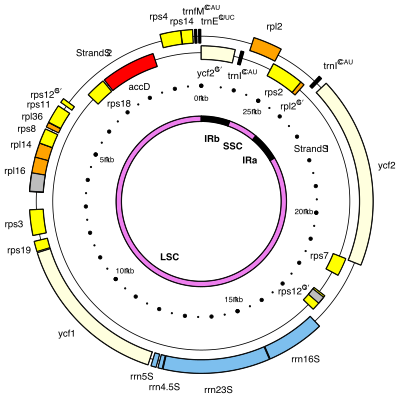Hydnora visseri
| Hydnora visseri | |
|---|---|

| |
| Flower of Hydnora visseri. | |
| Scientific classification | |
| Kingdom: | Plantae |
| Clade: | Tracheophytes |
| Clade: | Angiosperms |
| Clade: | Magnoliids |
| Order: | Piperales |
| Family: | Aristolochiaceae |
| Subfamily: | Hydnoroideae |
| Genus: | Hydnora |
| Species: | H. visseri
|
| Binomial name | |
| Hydnora visseri Bolin, E.Maass, & Musselman[2]
| |
Hydnora visseri, the Visser's hydnora, is a subterranean
Description
Hydnora visseri, as a holoparasitic plant, lacks chlorophyll and depends entirely on its hosts,
The only portion of the plant that emerges from the soil surface is the large fleshy flower. The pollination of Visser's hydnora involves a trap and release mechanism where dermestid beetles are detained for several days, then released dusted with pollen.[4] The fruit is a large berry with thousands of small (< 1mm diameter) seeds, and is usually buried or just at the soil surface.[5]
Taxonomy
In South African and Namibia where Hydnora visseri may be encountered, four other Hydnora species exist, H. abyssincia, H. africana, H. longicollis and H. triceps.[6] H. visseri can be discriminated from those taxa by its exclusive hosts Euphorbia gummifera and E. gregaria, and by having the longest tepals of any Hydnora spp. in Southern Africa, 5.5–9 cm long.[5]
The family
Etymology
- Genus name (generic epithet): Hydnora derives from the Ancient Greek ὕδνον, 'truffle',[8][9] because of the somatic structure of this root parasite.[10]
- Species name (specific epithet): H. visseri is named after Stellenbosch University professor Johann H. Visser (1931-1990) and author of the text South African Parasitic Flowering Plants.[5]
Distribution and habitat
Hydnora visseri grows in the winter rainfall and transitional rainfall areas of the
Genomics

Hydnora visseri possesses one of the
Conservation
Based on the
References
- ^ a b c "Red List of South African Plants". South African National Biodiversity Institute. Retrieved 2 November 2016.
- ^ "International Plant Names Index". Retrieved 2 November 2016.
- PMID 21636511.
- doi:10.1086/593047.
- ^ .
- ^ Kalassen, Esmerialda; Kwembeya, Ezekeil. "A CHECKLIST OF NAMIBIAN INDIGENOUS AND NATURALISED PLANTS" (PDF). NBRI: Occasional Contributions No.5. Retrieved 7 November 2016.
- ^ PMID 26739167.
- OCLC 461974285.
- ^ Bailly, Anatole. "Greek-french dictionary online". www.tabularium.be. Retrieved 2017-01-24.
- ISBN 9780521866453.

